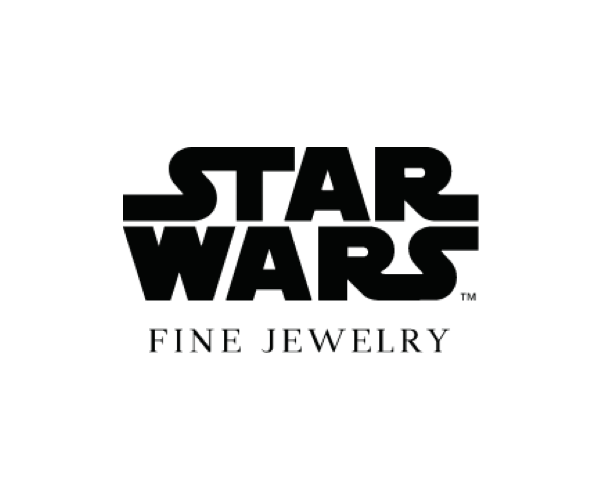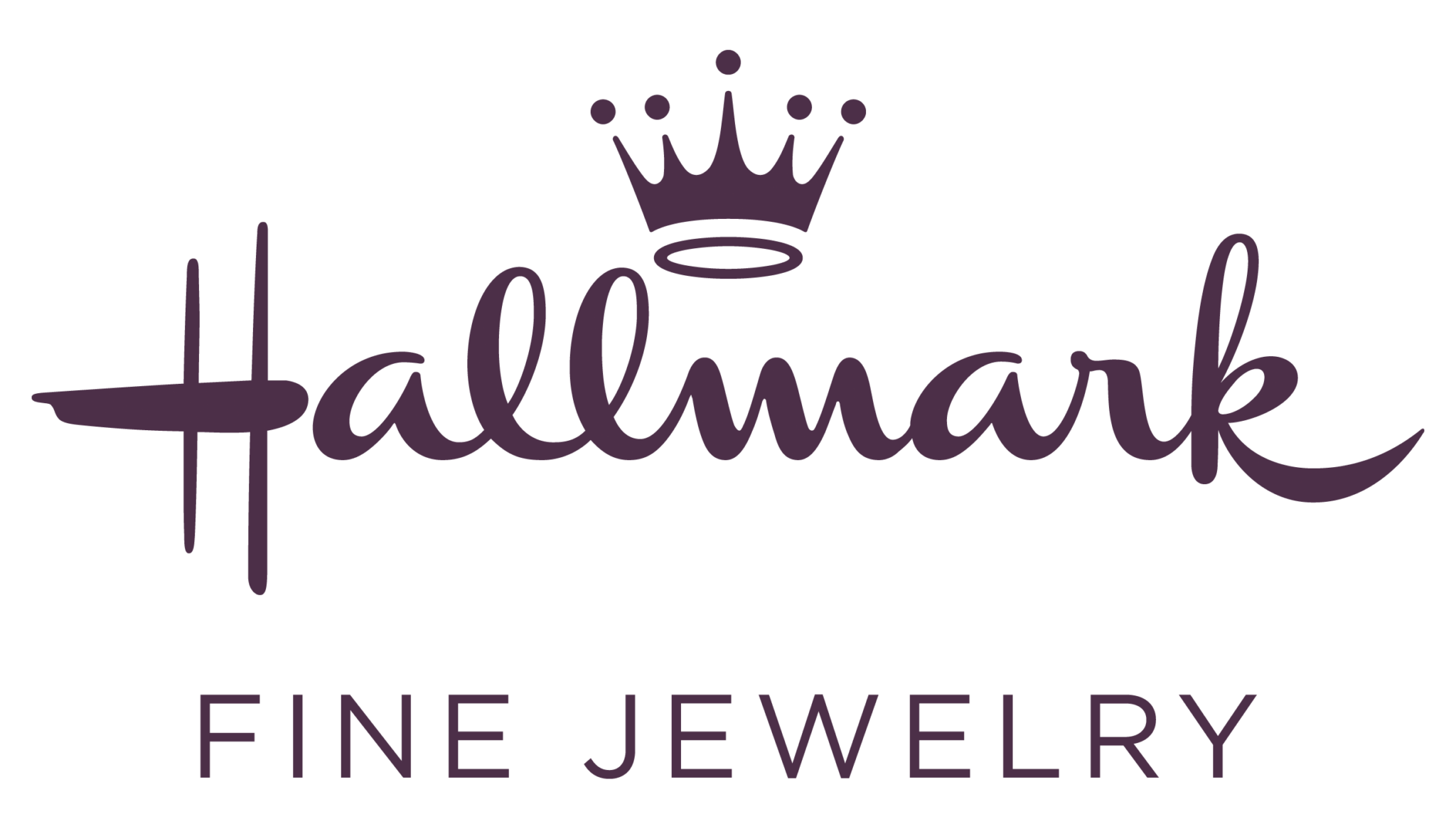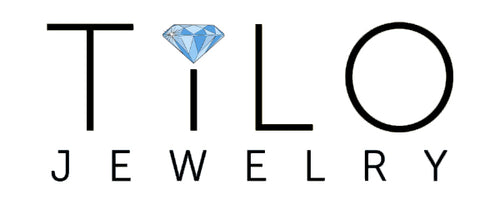The Four Legs of Ecommerce: Customer Service
When selling jewelry online, strategy and planning become essential. We often compare jewelry eCommerce with a table with four legs:
- Logistics & fulfillment
- Supporting technology
- Budgeting & management
- Customer service.
If any of these isn’t up to par, your business could lose some of its stability.
Customer service is a particularly important component of jewelry eCommerce as it ensures loyalty and trust, leading to recurrent sales and repeat clients. It is easier and cheaper to retain clients than to acquire new ones. That is why, by providing good customer support, you are also supporting the other eCommerce leg of “budgeting & management.”
As you prepare to sell jewelry online, keeping customer service in mind will help you optimize your other processes and operations. Let’s take a look at a few points that can improve your clients’ experience with your brand.
1. Geolocation
Where is your target market located? Are you planning to expand your outreach internationally? These questions will determine both your hours of operation and how you present your products. Keep in mind time zones, cultural differences, and language barriers.
If your jewelry is sold internationally, you might consider being available 24/7 for your customers. If your customers have a different native language, you might want to translate your listings and/or website. Google Translate is a good place to begin, but might not be enough to elicit the same reactions. It’s better to involve a professional in this process.
2. Customer Journey
Customer support should be available both pre-sale and post-sale. Post-sale follow-ups, either through surveys or email newsletters, are highly underestimated. However, the nurturing and potential feedback gained from such interactions is invaluable. It’s the easiest way to grow and upscale your business.
If your jewelry is made primarily of high-ticket items, you would likely need to be even more engaged with your clients. They would have more questions and may take longer to make a purchase. Demos, live shows, and consultations should be a regular part of your sales process in that case. With lower-priced jewelry, on the other hand, purchases are done quicker and can be automated. FAQs and sales funnels can be quite helpful here.
Depending on your jewelry type, sales channels will be different. So, for a more mainstream jewelry you can decide to sell jewelry on Amazon, eBay or Walmart. For more exclusive items, a website will be mandatory. According to this, implement the customer service practices relevant to your sales channels.
3. Social channels
Are you a multichannel jeweler yet? If not, having an online presence on multiple platforms is definitely something you should consider. Social media,
in particular, is an excellent opportunity to engage with your prospects and build a community. Most people check in with their social networks frequently. So, being active on these channels would help your brand image and, consequently, your bottom line. It’s also quite easy to set up a social media profile, and many tools, such as Hootsuite, Hubspot, or Later, can help with posting regularly.
We can’t say there is one best place to sell jewelry online. You should select your channels keeping in mind such factors as:
- your demographics
- your team’s skills
- your business scale
- the jewelry niche
- your 3 years business strategy
For example, if you’re advocating for a specific cause through your products, then Facebook or Instagram would be good sales venues. If you’re supporting new industry trends, you may want to look into LinkedIn.
Keeping engaged with your future and past clients will definitely set your business apart. Whether you do it yourself, outsource it to a virtual assistant, or implement online bots, having strategic customer support is one of the best ways to grow.





























